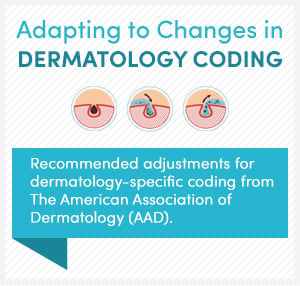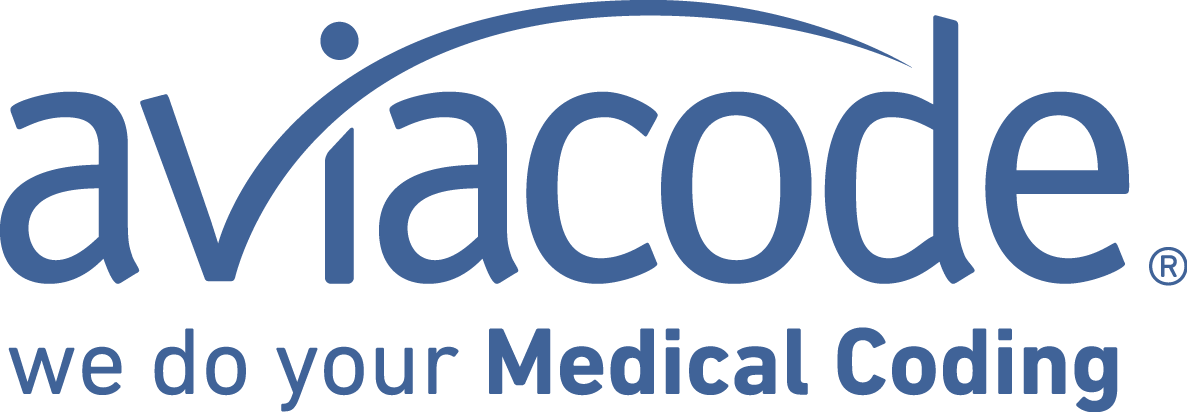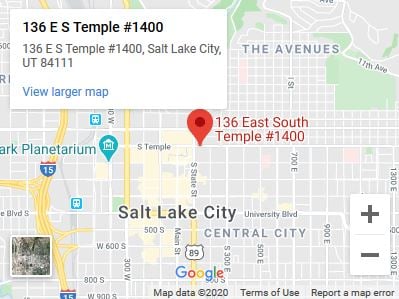The quality of coding, of course, largely determines how practitioners submit bills and the amount they’re paid. A dermatologist practice (or other provider) therefore must have confidence in the accuracy and timeliness of their coding. There are changes in the works for dermatology coding, as with all coding, and doctors and staff should proactively understand these changes and make the necessary adjustments in their coding procedures. There is no time like the start of summer with the increased risk of UV rays for this renewed attention to dermatology.
dermatologist practice (or other provider) therefore must have confidence in the accuracy and timeliness of their coding. There are changes in the works for dermatology coding, as with all coding, and doctors and staff should proactively understand these changes and make the necessary adjustments in their coding procedures. There is no time like the start of summer with the increased risk of UV rays for this renewed attention to dermatology.
For dermatology-specific coding, there are changes in evaluation and management services (E/M) documentation and payment methods, adjustments contained in the final rule published by the Centers for Medicare and Medicaid Services (CMS), as well as other regulatory adjustments. The American Association of Dermatology (AAD) RUC Alternate on the AMA-Specialty Society Relative Value Update Committee (RUC) is a group recommending certain adjustments.
As listed in a recent article in Dermatology Times, here are some that are currently applied or likely coming in the future:
• Further clarification for usage of modifier 25 which is sometimes used to describe work that should be under the procedure code (25 can't be attached to procedure codes). Dermatology practices submit E/M coding with modifier 25 much more often than other specialties. Regulators pay attention to this, and dermatology offices should carefully review their usage of the multiplier.
• Skin biopsy coding changes include the shift to three primary and three additional codes for shave, punch, and incisional procedures. If multiple biopsies of different types are conducted, then one primary code is used and the remaining go under the add-on codes.
• Photodynamic therapy (PDT, for treatment of precancerous lesions has changes and is more complex. The coding depends on the physician's actions at the time services were provided, and whether those actions were performed by the dermatologist or staff.
• Two new laser codes were introduced for burn and scar treatments.
Dermatology is one the more than 60 medical specialties where Aviacode is experienced with coding and auditing. We understand the regulation changes as they happen, and most importantly know how to adjust coding practices accordingly. Our coders know about rules such as those with modifier 25, and how different actions and documentation affect the use of required codes. Aviacode’s coders can keep your practice within compliance, while obtaining maximum revenues. Our team of experienced and certified coders accurately code more than 10 million encounters per year, helping providers avoid costly mistakes and improve their revenue metrics.


